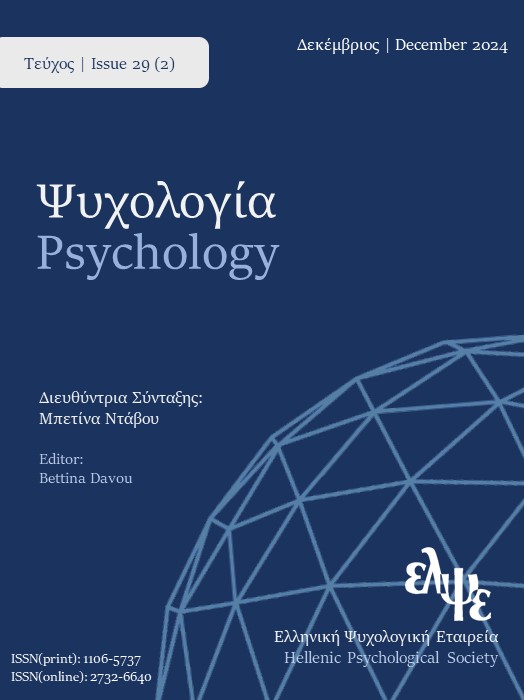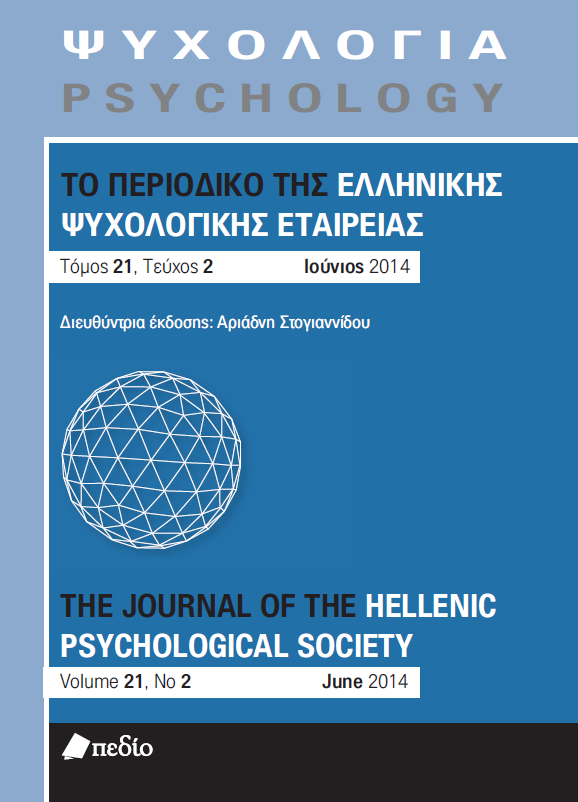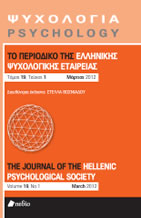Στρατηγικές διαχείρισης της αυτό-παρουσίασης γυναικών-χρηστριών του Instagram: Μια μεταμοντέρνα φεμινιστική ανάλυση.

Περίληψη
Το Instagram αποτελεί ένα σύγχρονο διαδεδομένο μέσο αυτό-παρουσίασης και αυτό-αποκάλυψης των γυναικών, γεγονός που προκαλεί τόσο θετικές όσο και αρνητικές συνέπειες στον αυτό-προσδιορισμό τους. Η παρούσα μελέτη διερευνά πώς κατασκευάζεται η ταυτότητα νεαρών χρηστριών του Instagram μέσα από την ανάλυση των στατηγικών διαχείρισης της αυτοπαρουσίασής τους. Για τους σκοπούς της έρευνας πραγματοποιήθηκαν 16 ημιδομημένες συνεντεύξεις ενεργών χρηστριών με την οπτική μέθοδο της φωτο-εκμαίευσης και αναλύθηκαν με τη μέθοδο της θεματικής ανάλυσης. Αντλώντας από ένα πλαίσιο μεταμοντέρνων φεμινιστικών θεωριών προέκυψαν τέσσερις κύριες θεματικές ενότητες: η γυναίκα μέσα στο Instagram, η ανάρτηση φωτογραφιών ως μέσο αυτό-παρουσίασης, ως μέσο αλληλεπίδρασης με άλλες/ους και ως μέσο κατασκευής της γυναικείας ταυτότητας. Τα δεδομένα αποκαλύπτουν πως οι συμμετέχουσες αποτιμούν την εμπειρία της ψηφιακής αυτό-παρουσίασής τους ως μία ευχάριστη και εθελούσια διαδικασία, αλλά ταυτόχρονα προβάλλουν μία εικόνα συνυφασμένη με τις κοινωνικές επιταγές για τη θηλυκότητα, ένα κράμα που συμβαδίζει με τις πολιτισμικές πρακτικές του μεταφεμινισμού.
Λεπτομέρειες άρθρου
- Πώς να δημιουργήσετε Αναφορές
-
Ακριτίδου Α., Μέγαρης Σ., & Γεωργάκα Ε. (2024). Στρατηγικές διαχείρισης της αυτό-παρουσίασης γυναικών-χρηστριών του Instagram: Μια μεταμοντέρνα φεμινιστική ανάλυση. Ψυχολογία: το περιοδικό της Ελληνικής Ψυχολογικής Εταιρείας, 29(2), 119–143. https://doi.org/10.12681/psy_hps.37721
- Ενότητα
- ΕΜΠΕΙΡΙΚΕΣ ΕΡΓΑΣΙΕΣ

Αυτή η εργασία είναι αδειοδοτημένη υπό το Creative Commons Attribution-ShareAlike 4.0 International License.
Το περιοδικό ΨΥΧΟΛΟΓΙΑ έχει υιοθετήσει μία πολιτική Platinum open-access. Τα έξοδα υποβολής, επεξεργασίας ή δημοσίευσης των εργασιών καλύπτονται από την Ελληνική Ψυχολογική Εταιρεία. Τα πνευματικά δικαιώματα των δημοσιευμένων εργασιών προστατεύονται από την άδεια 'Creative Commons Attribution-ShareAlike 4.0 International'. Οι Συγγραφείς διατηρούν τα Πνευματικά Δικαιώματα και χορηγούν στο περιοδικό το δικαίωμα της πρώτης δημοσίευσης. Η άδεια αυτή επιτρέπει σε τρίτους, να χρησιμοποιούν την εργασία σε οποιαδήποτε μορφή, με την προϋπόθεση της διατήρησης των διατυπώσεων που προβλέπονται στην άδεια σχετικά με την αναφορά στον αρχικό δημιουργό και την αρχική δημοσίευση στο περιοδικό ΨΥΧΟΛΟΓΙΑ. Επιπλέον, κάθε διανομή της εργασίας οφείλει να γίνεται με τους ίδιους όρους διανομής, δηλαδή με την ίδια άδεια Creative Commons.







